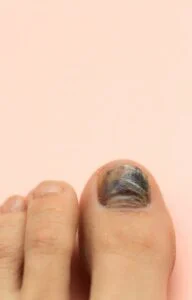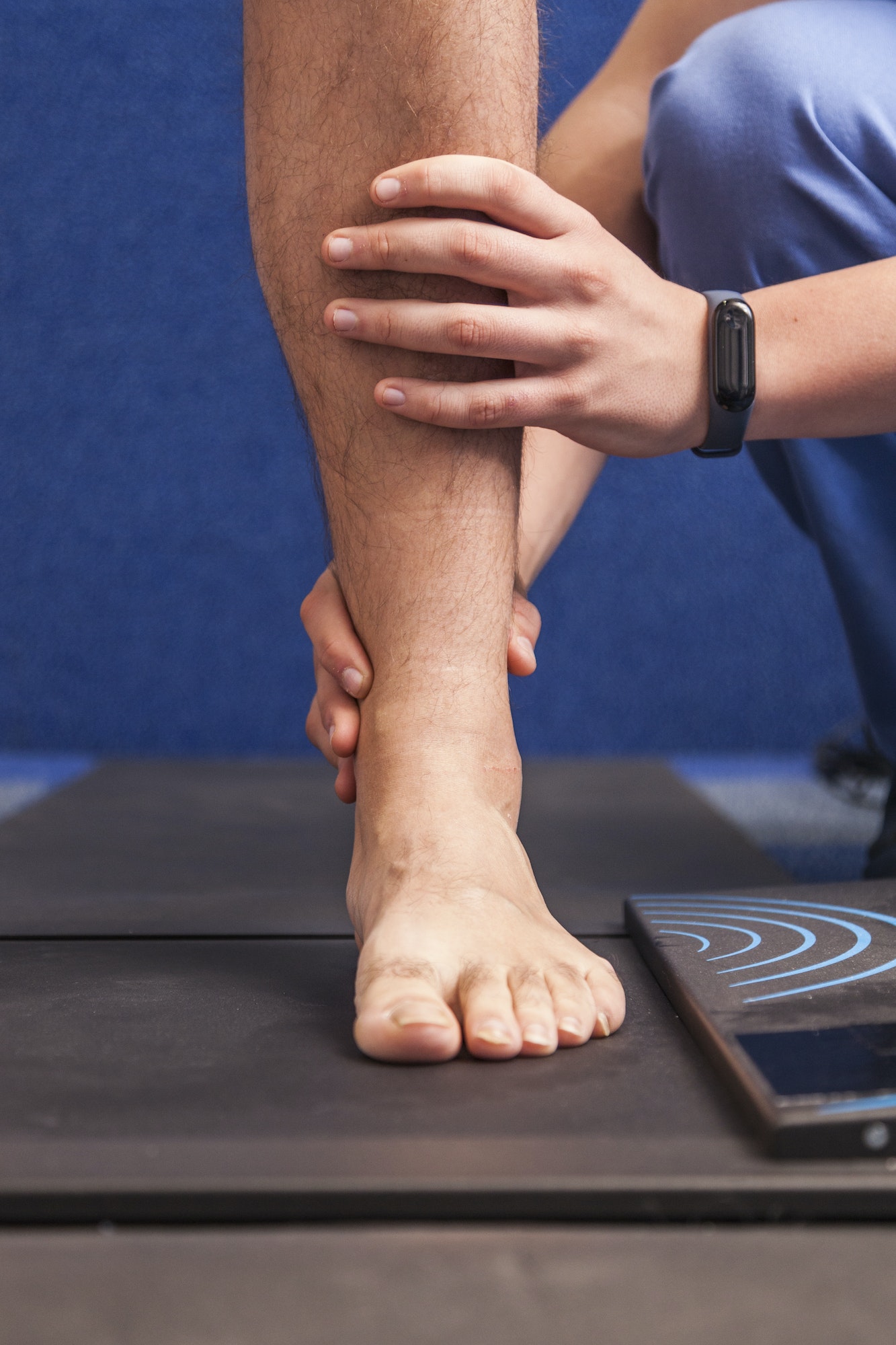Table of Contents
What Can Cause This Unsightly Toenail Appearance?
Ugly toenails can be caused due to several different reasons. If it is thickened and discolored, it could be due to either a fungal infection or trauma to the nail. If it is thinning and peeling or appears pitted, it could be due to psoriasis, or a side effect of any various medications. If it is curved and pinching, it could be due to an ingrown nail. If this is the case, then taking care of it sooner than later is necessary as a simple ingrown nail can quickly turn into an infection if not treated.
How Do I Know If It Is a Fungal Infection?
How Did I Get It?
Believe it or not, fungus is an opportunistic infection. It is everywhere! Most commonly, it is in areas that are dark damp, and enclosed. Common areas to find fungus lurking may be a nail salon/pedicure area, gym floor, locker room shower, or at the side of a pool. Since it is opportunistic and everywhere, it simply needs a chance to get under the nail. Sometimes, trauma is the cause of the nail slightly uplifting from the nail bed, even for a fraction of a millimeter. Sometimes it may not be direct trauma, but it may be micro trauma that allows the fungus under the nail. What is micro trauma, you ask?
Micro trauma is often seen after a repetitive pressure on a toenail. For example, we see it with runners, where the repetitive trauma may actually be the big toenail pressing up against the top or end of the running shoes. Now a few times is fine, but if a runner may take more than 10,000 steps a day, and with every step, that micro trauma adds up to trauma to the nail. The fungus itself actually lives on the toenail bed, which affects the appearance of the nail. Once it finds a toenail bed, it thrives. The crusty debris under the nail, or as doctors refer to it, “subungual debris” is actually formed by the fungus on the toenail bed. No matter how much you may try to clean it, it will come back the next day unless it is treated.
What Else Could It Be?

How Do I Get Rid Of This Nail Fungus?
Now this is the million dollar question! If someone had a fool proof treatment plan, then everyone would be following it. Just as nail fungus is opportunistic and difficult to predict how and who gets it, it is important to treat it from all angles.
At our office, we have topical and oral options. Our first line of topical treatment is Tolcylen. It is a topical antifungal with other compounds to treat the thickness of the nail and allow penetration of the medication, with a convenient brush to allow you to apply the medication under the nail as well, because remember, it actually lives on the nail bed. But most importantly, when treating the nail fungus, the environment must be treated as well. If a patient has a nail fungus, he may have a concurrent athlete’s foot infection. The same fungus that causes athlete’s foot also causes nail fungus, so a topical cream may be prescribed to treat the skin as well. Our office carries Tolcylen cream for athlete’s foot.
For recalcitrant nail fungus, an oral medication is also available, oral Lamisil. Before this medication is given, the patient must undergo blood tests to make sure their liver is able to metabolize this medication without causing liver damage. The course for the oral medication is 3 months. We recommend using the topical medication in conjunction with the oral medication, and continue using the topical for maintenance after that because we see a recurrence of the fungus even after the oral medication course is finished. In extreme cases, if there is a specific nail that is particularly thickened or painful, we may suggest removing the nail completely, wait for the nail bed to heal, and then apply the topical with or without the oral medication. In addition, the environment has to be changed, including the shoes. We also carry a shoe spray and recommend using this in conjunction with the topical and oral medications. Believe it or not, the fungus can live in the shoes even when you are not wearing them. If you treat the fungus on your nails and skin, you may get re- infected over and over again when you fail to treat your shoes.
Do I Have To Treat This Fungal Nail?
Is A Fungus Contagious?
How Do I Prevent This Fungal Nail From Coming Back?
Come Visit Us At Weil Foot & Ankle Institute

Meet Weil Foot & Ankle Institute
By: Weil Foot & Ankle Institute, Published: Jan 22nd, 2022
Review By: Kristin Abruscato DPT – Jan 19th, 2023


